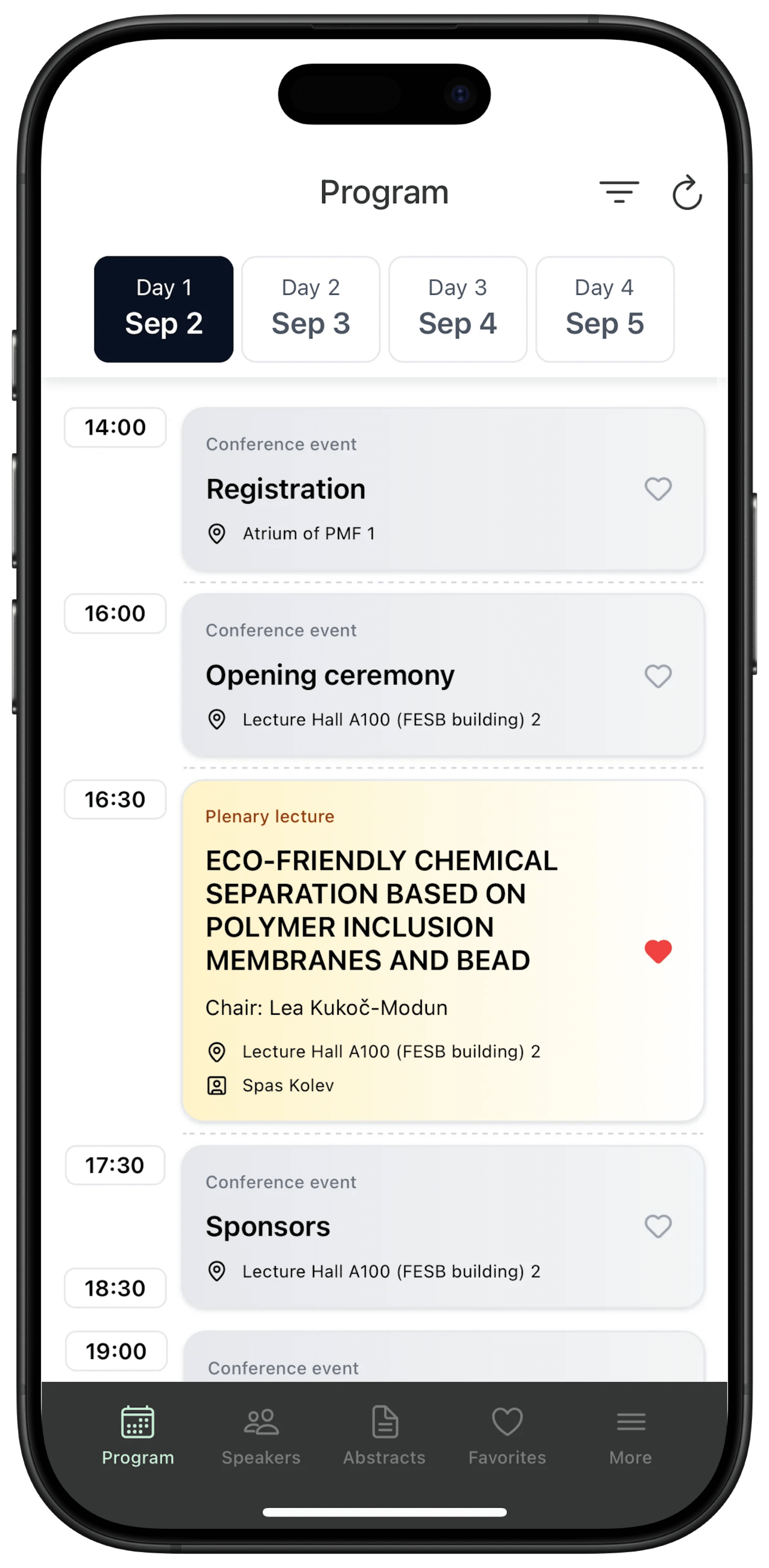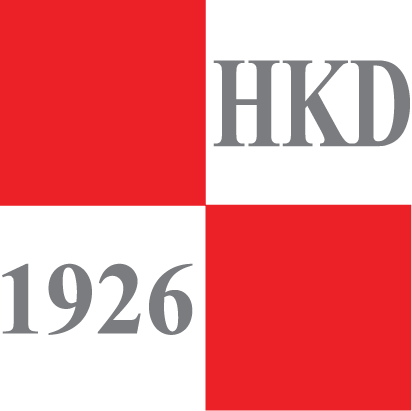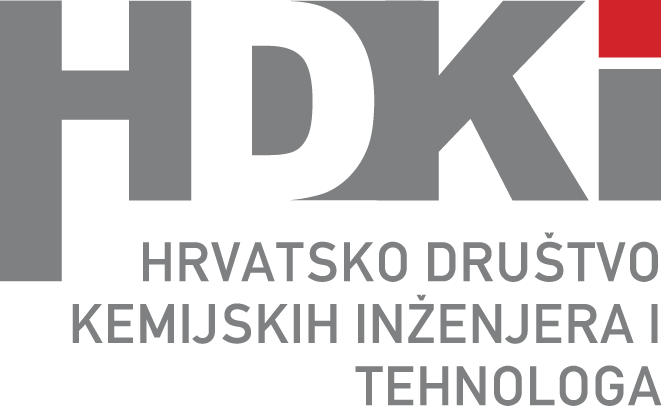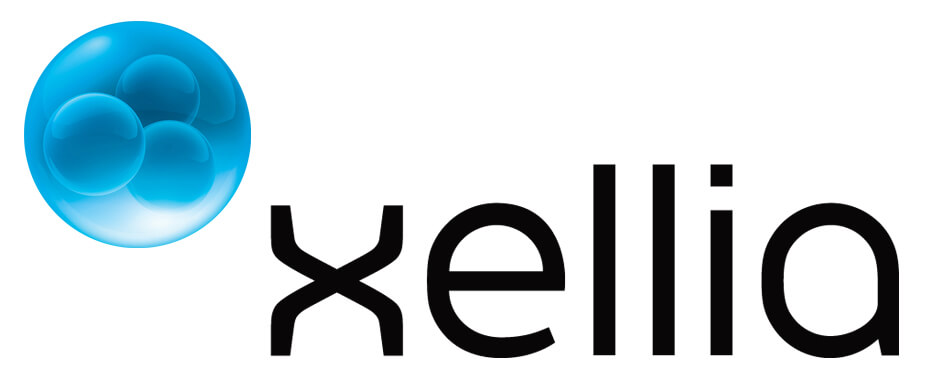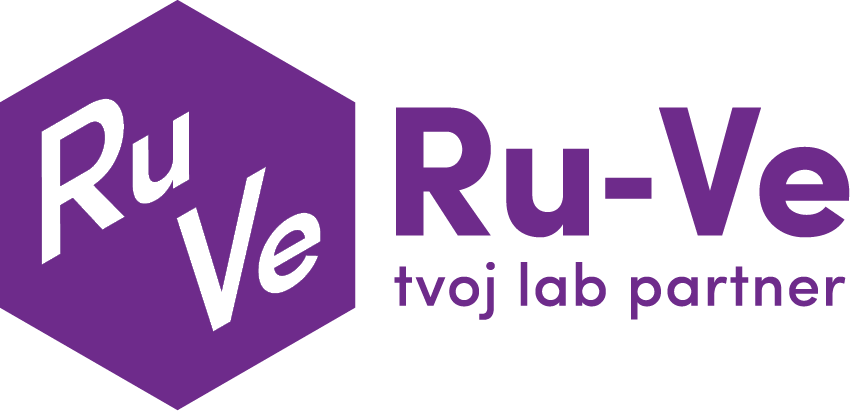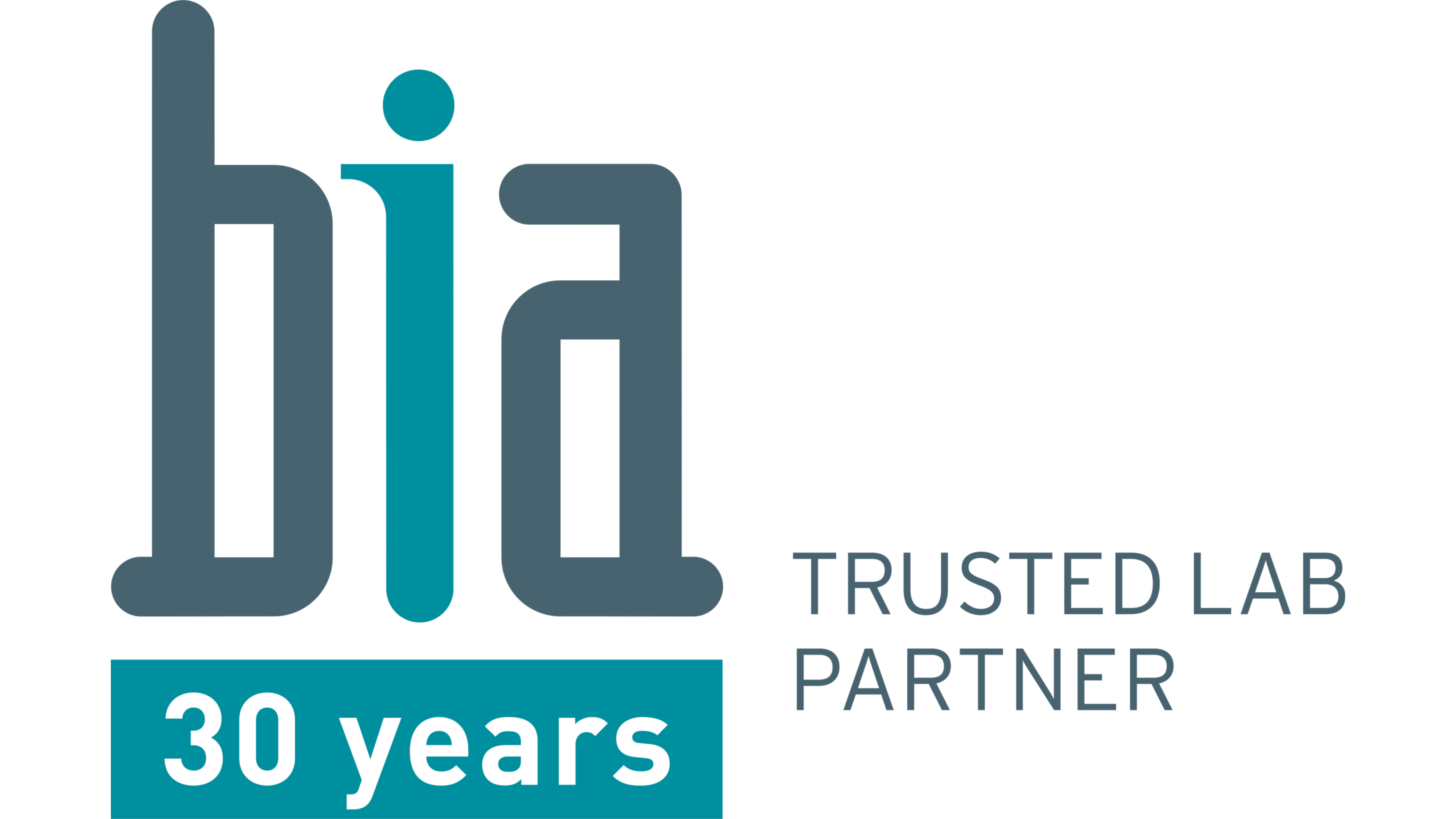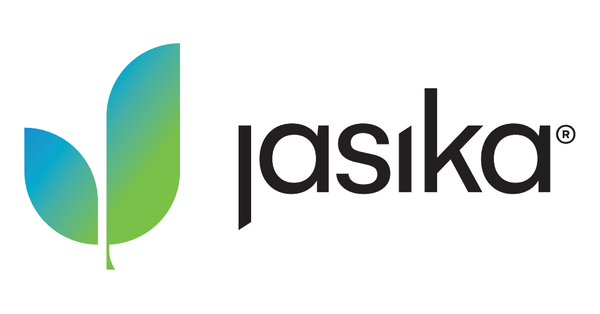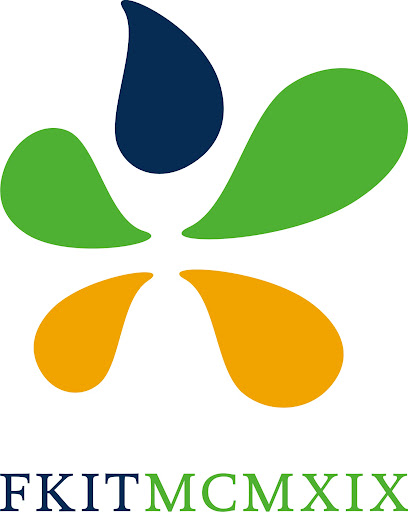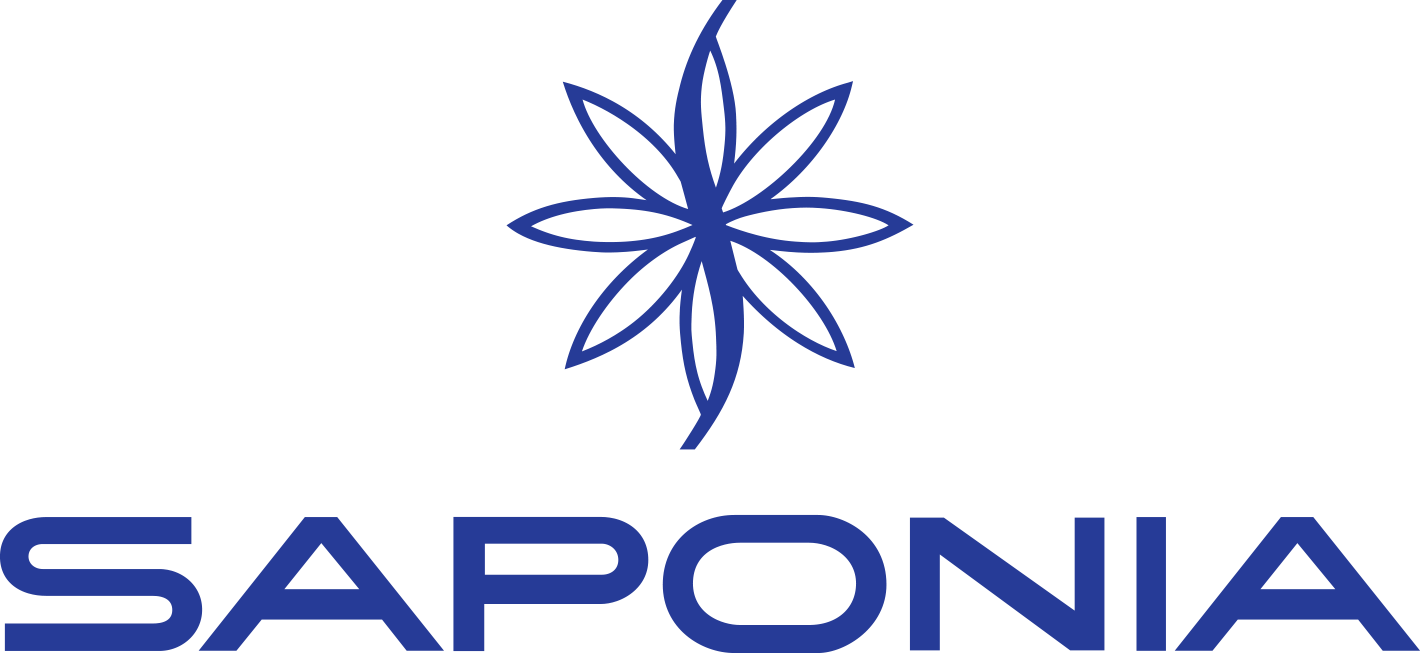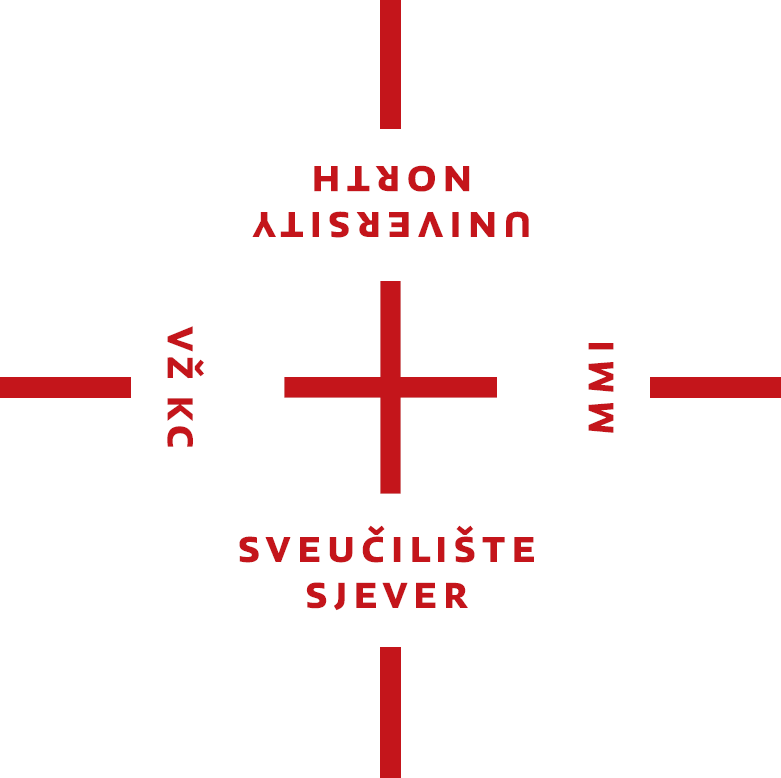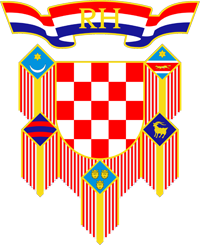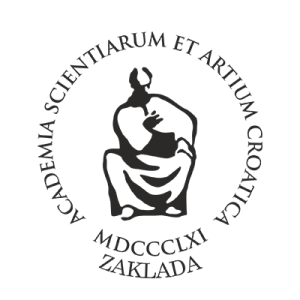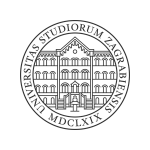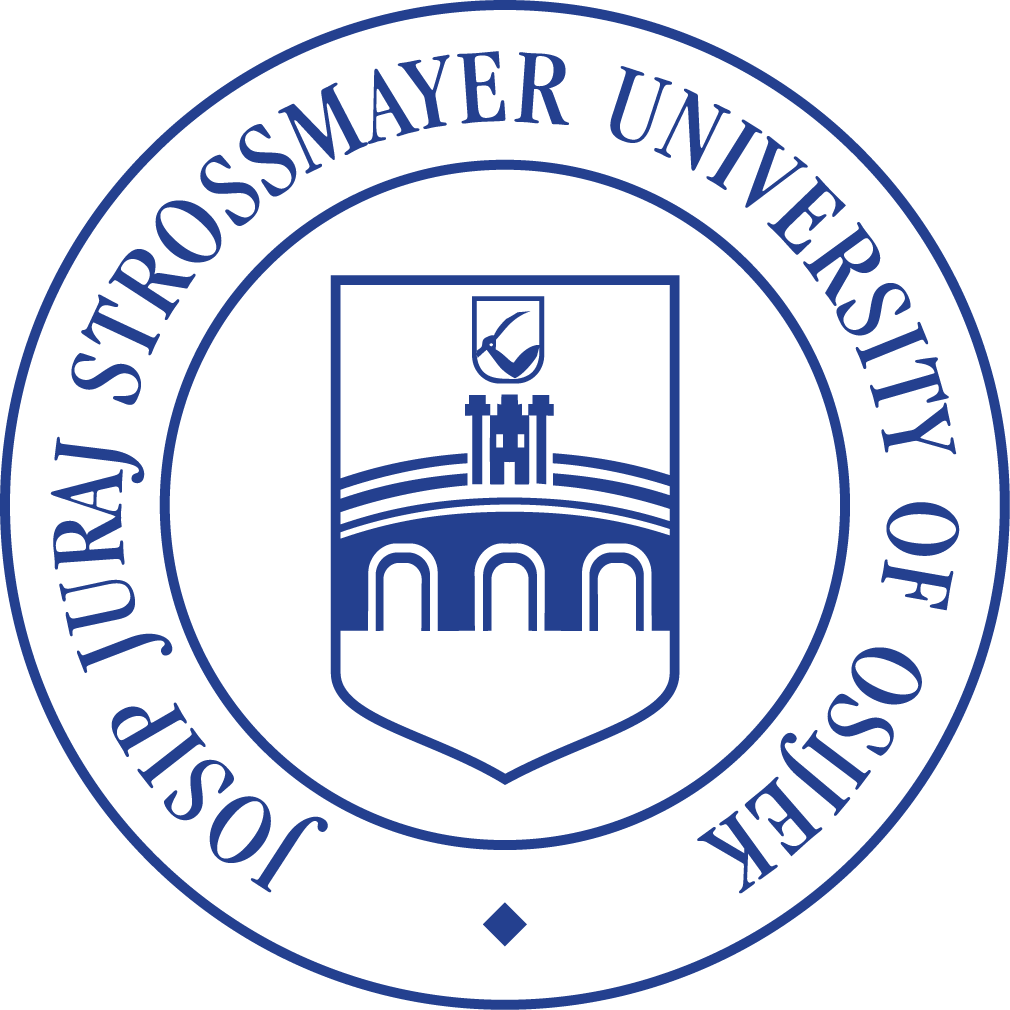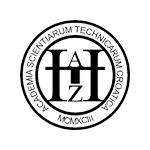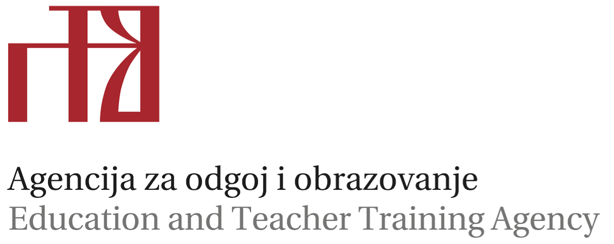The 29th Croatian Meeting of Chemists and Chemical Engineers (29HSKIKI) is organized by the Croatian Chemical Society and the Croatian Society of Chemical Engineers in a historic Croatian town Split from September 2 to 5, 2025.
The meeting has traditionally been organized jointly by the Croatian Chemical Society and the Croatian Society of Chemical Engineers on a biannual basis (from 1969). It gathers 400 - 500 chemists and chemical engineers from Croatia and neighboring countries, which come from academia as well as industry, and contribute to the Meeting with posters and oral presentations. The official language of the Meeting is English. An exhibition of chemical laboratory equipment and instrumentation, computer software and hardware, literature, and other relevant material, will be organized as an accompanying manifestation.
The Meeting will be organized in the format of sections: Chemistry, Chemical and Biochemical Engineering, Materials, Environmental Protection, and Education (in English and Croatian).
Croatian Meetings of Chemists and Chemical Engineers have a long history of hosting distinguished scientists as plenary lecturers. During last fifty years we were honored by talks given by many Nobel laureates, like V. Prelog, R. Huber, J.-M. Lehn, R. Ernst, A. Yonath and D. Shechtman as well as many other world known scientist, such as P. W. Atkins, G. Baldi, B. Delmon, B. Feringa, J. R. Flower, G. F. Froment, L. Riekert, D. W. T. Rippin, E. U. Schlunder, K. Schugerl, K. B. Wiberg, M. Zlokarnik and many others. Our distinguished plenary lecturers were also R. Darton, R. Gani and J. M. Le Lann.
The full-length papers of scientific contributions presented at the Meeting will be gladly considered for the publication in the following journals: Croatica Chemica Acta and Chemical and Biochemical Engineering Quarterly.
In addition to the scientific program, the historic town Split will ensure our guests and participants to enjoy the beauties of typical “Dalmacija” sceneries of south coastal Croatia. The story of Split is already 17 centuries old, dating to the time of Roman Emperor Diocletian. The city is well connected and has an international airport, bus, and train terminal.
Dear Colleagues, Partners and Friends,
On behalf of the Scientific and Organizing Committee, it gives me a great privilege and pleasure to welcome you all to the 29th Croatian Meeting of Chemists and Chemical Engineers, which will be held from September 2 to 5, 2025 in Split, Croatia.
Approximately 400 to 500 chemists and chemical engineers from universities, research institutes and industry are expected to participate and to contribute to the Meeting with posters and oral presentations.
The Meeting will provide an interdisciplinary platform for leading academic scientists, researchers, and research scholars to present and share their experiences and research results on all aspects of chemistry and related fields in a friendly, interactive and collaborative atmosphere, while discussing the latest achievements and novel approaches, the most recent innovations, trends as well as challenges and adopted solutions.
An exhibition of chemical industrial and laboratory equipment and instrumentation, computer software and hardware, literature, and other relevant material, will be organized as an accompanying manifestation.
We will be glad to host you at this Meeting as we believe, other participants and coming delegates would love to hear and learn from your experience.
We look forward to welcoming you at the 29HSKIKI in Split!
Prof. Mirta Rubčić, chair
